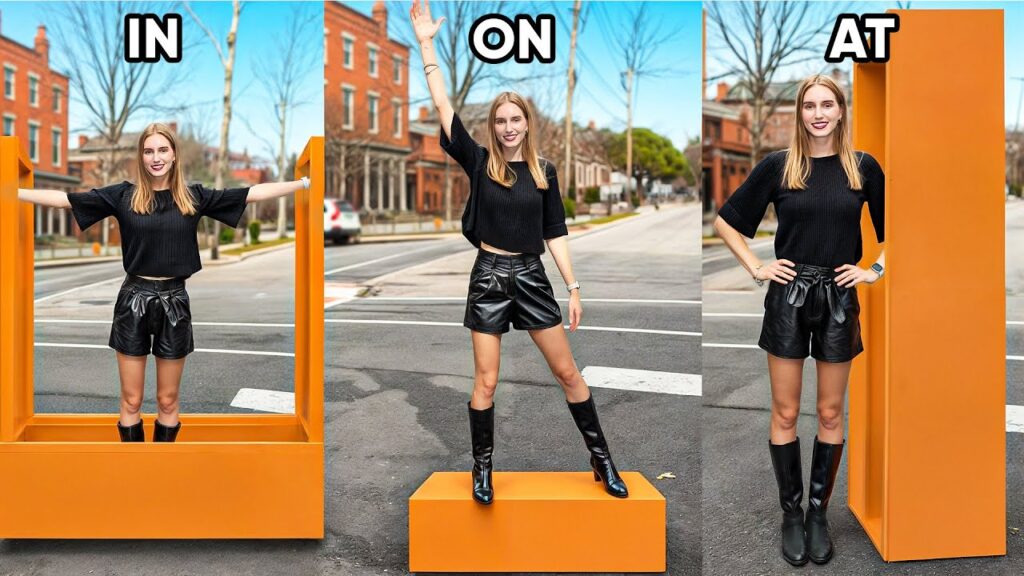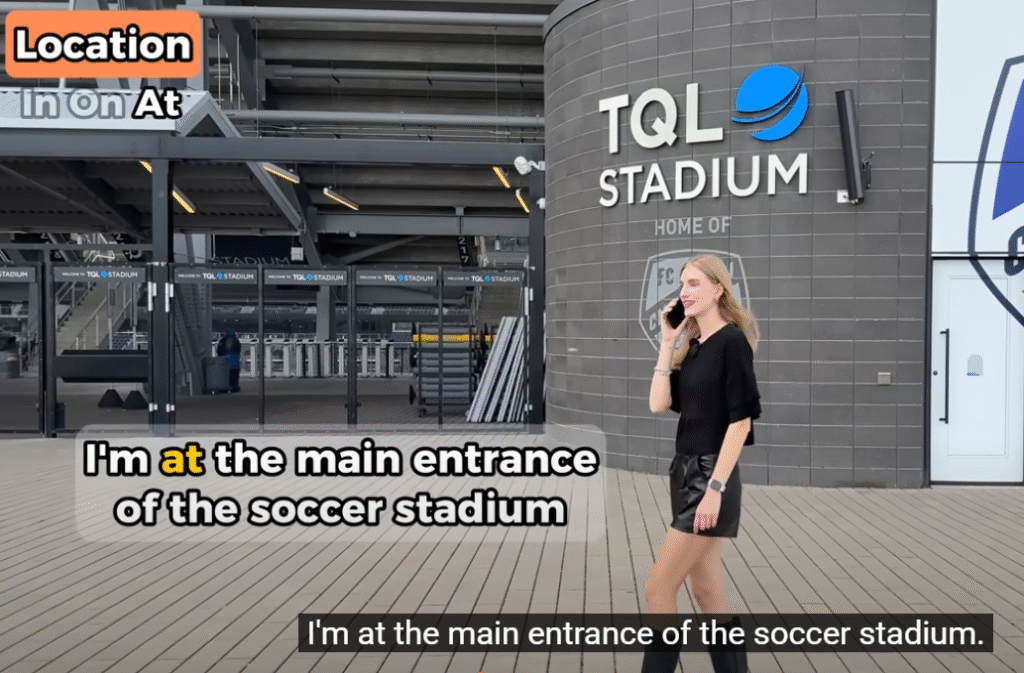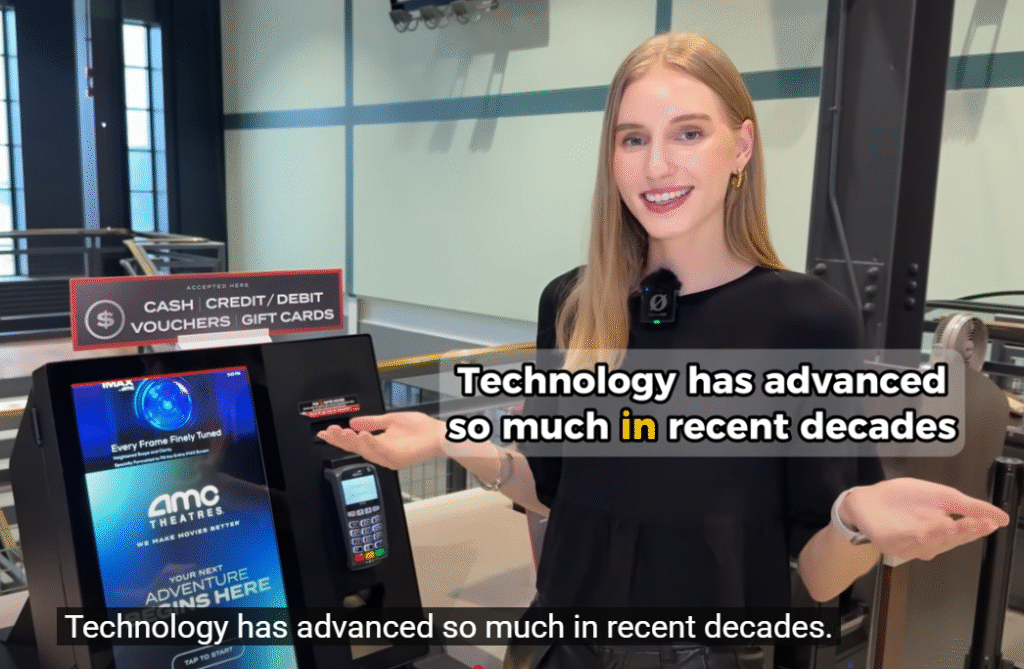Learning prepositions in English can feel tricky at first, but once you get the hang of them, they become a natural part of your conversations. Among the most common (and sometimes confusing) prepositions are in, on, and at. These little words are small but mighty — they help express time, place, and direction in clear ways.
In this article, we’ll break down how to use in, on, and at correctly, with lots of examples to make everything simple. Let’s dive in!

📍 Using “In”
“In” is generally used to indicate something inside a space, whether it’s physical, abstract, or related to time.
1. In for Places
Use in when something is enclosed or within limits.
- I am in the room.
- The keys are in my bag.
- She lives in New York.
Notice that in suggests being surrounded by boundaries (four walls, a city, a container).
2. In for Time
We use in when we are talking about periods of time.
- I was born in July.
- We will meet in the morning.
- The book was published in 1998.
In is also used when referring to how much time will pass before something happens:
- The train will arrive in 10 minutes.

3. In for Situations or Conditions
Sometimes in describes a situation:
- She is in trouble.
- He is in love.
- They are in a good mood.
📍 Using “On”
“On” is used when something is on the surface of something else or when we talk about specific days and dates.
1. On for Places
Use on when something is resting on a surface.
- The book is on the table.
- There’s a mirror on the wall.
- The picture is on page 23.
On can also refer to streets or avenues:
- My house is on Elm Street.

2. On for Time
Use on when talking about specific days and dates.
- I have a meeting on Monday.
- Her birthday is on December 5th.
- We went to the beach on the weekend. (Note: “At the weekend” is used in British English, while “on the weekend” is common in American English.)
3. On for Devices and Means of Transport
We use on when referring to being on devices or types of transport.
- He is on the phone.
- I watched the movie on my laptop.
- They traveled on a bus.

📍 Using “At”
“At” is used for specific points, either in time or space. It often describes a particular location or exact time.
1. At for Places
Use at to describe specific locations or points.
- I am at the bus stop.
- She’s at the door.
- Let’s meet at the coffee shop.
Notice that at suggests a point rather than an area or a surface.
2. At for Time
Use at when referring to specific times of the day or specific times on the clock.
- The class starts at 9 AM.
- We will meet at noon.
- The movie begins at 7:30 PM.

3. At for Activities
We often use at with events or group activities.
- She’s at a concert.
- They are at a wedding.
- I met him at a party.




